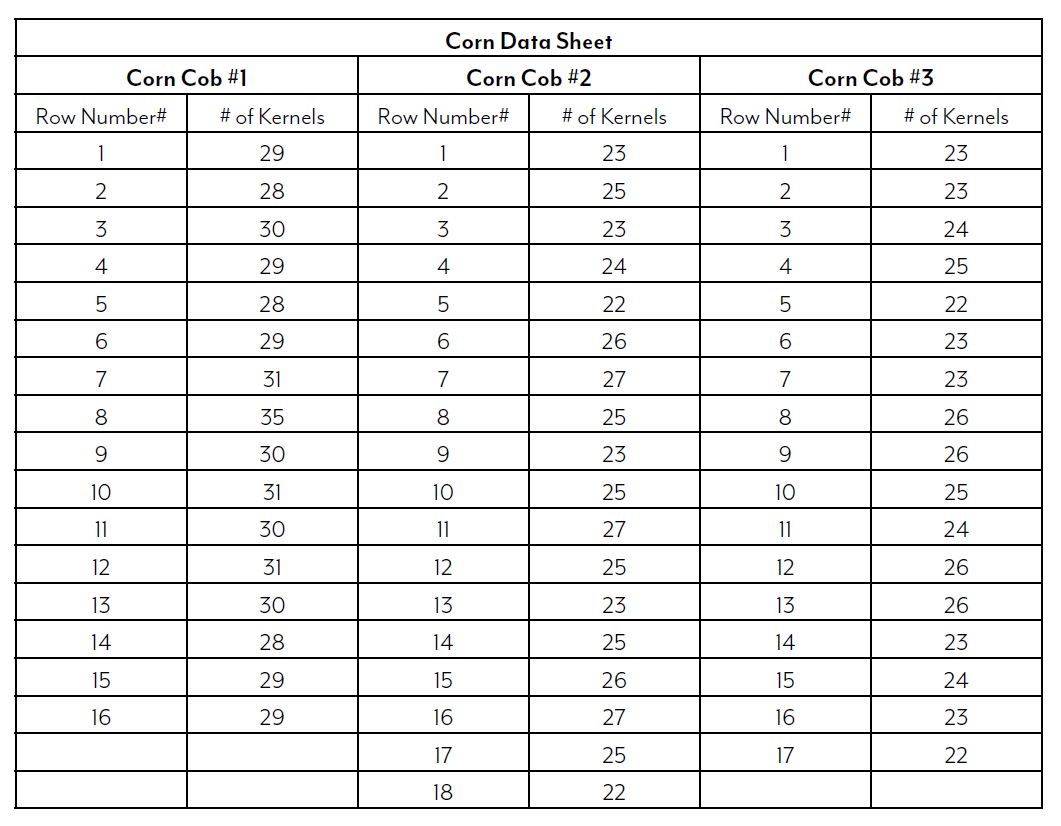Everywhere we look we see numbers: speed limit signs, gas prices, temperature for the day, and the population of a city. A set of numbers or numbers comparing more than one thing can take on a different meaning. For example, the average salary of the players on a sports team or the average class score on a math test can have various meanings. Many career fields use mean, median, mode and range to find important information that helps with understanding data and trends. Farming is one career field that uses information to help and predict corn yields in a field. Why do you think it is important for farmers to predict harvest yields?
Teaching the Lesson
This lesson is the work product of the Kansas Corn Commission. Our lessons are written in collaboration with Kansas teachers for use in the classroom. Teachers may copy and share this curriculum. Use of this product for commercial or promotional use is prohibited without express permission of Kansas Corn.
Newsletter Sign Up
Each quarter we release a newsletter written by teachers for teachers. This is an easy way to keep up with what is happening at Kansas Corn STEM.
Subscribe Today!

